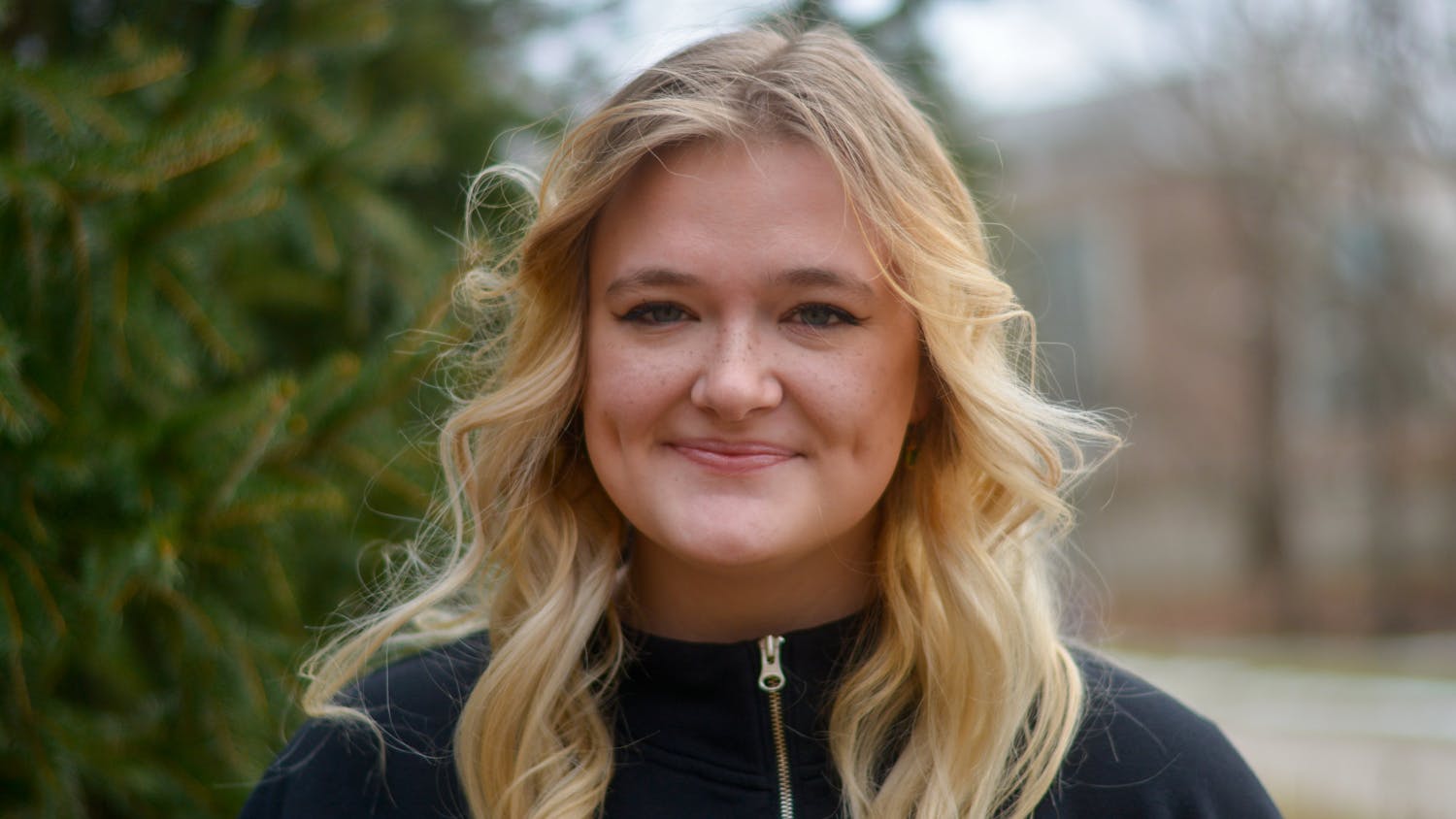The current political divide and increase in controversial opinions has made communication and understanding nearly impossible. Many have expressed the importance of diversity in the workplace and in education, yet few advocate for diversity of opinion.
Democrat and liberal viewpoints are widely accepted and encouraged in both academic settings as well as workplace settings. A Cato national survey shows that a majority of strong liberals feel they can share their beliefs while 77% of strong conservatives feel they need to censor their beliefs.
Republican and conservative viewpoints have been subject to media attacks. This is mostly due to the fact that most media outlets have a left-wing bias. A Pew Research Center study shows that, although a majority of Democrats feel understood by the news, nearly three-quarters of Republicans feel misunderstood and misrepresented.
This has posed many concerns in the workplace as there are a number of examples of open Trump supporters getting fired by employers for their beliefs. Yes, somehow it is legal. Even though the freedom of speech is protected federally, private employers and institutions can make their own rules.
Academic settings are relatively the same. In a 2017 Higher Education Research Institution, or HERI, study, it was found that 60% of college faculty identifies as far left or liberal. The lack of political diversity in faculty can have an impact on students. Ohio University student life is reportedly 36% liberal and only 4% conservative, and 34% align with the Democratic Party while only 19% align with the Republican Party.
A survey done by the American Enterprise Institute, or AEI, found that the data “unequivocally show that liberals are considerably overrepresented on university and college campuses. And the research on campus climate reveals a decrease in openness to non-liberal viewpoints.” If students only hear a representation of one side of political viewpoints, they will be less open to other ideas.
In academic settings, students feel confused and uncomfortable if they feel bias in the classroom and do not have a space to speak on differing opinions. There have been professors who have banned discussion of opposing viewpoints on controversial issues as well students who feel expressing conservative beliefs result in failing grades.
Just as diversity when it comes to ethnicity, race and religion is important, so is diversity of opinions. A 2012 study shows that most Americans would rather have their child marry someone of a different race than a different political party.
In the workplace, politically diverse teams are more effective. This leads to better collaboration, higher quality work, better engagement with the community and a reduction in unfavorable bias. Including more people of diverse opinions can lead to psychological safety, which is an environment in which people feel respected and safe enough to share opinions and express anything without feeling judged.
In academic settings, the same applies. Education is the strongest when there is diversity of opinion. When voices of differing viewpoints and ideas are heard, students learn to strive for peace and unity. Acceptance and understanding of different opinions ultimately helps society function in ways it currently is not.
Katie Trott is a senior studying creative writing at Ohio University. Please note that the views and opinions of the columnists do not reflect those of The Post. What are your thoughts? Tell Katie by emailing her at kt008918@ohio.edu.
Opinion Columnist





